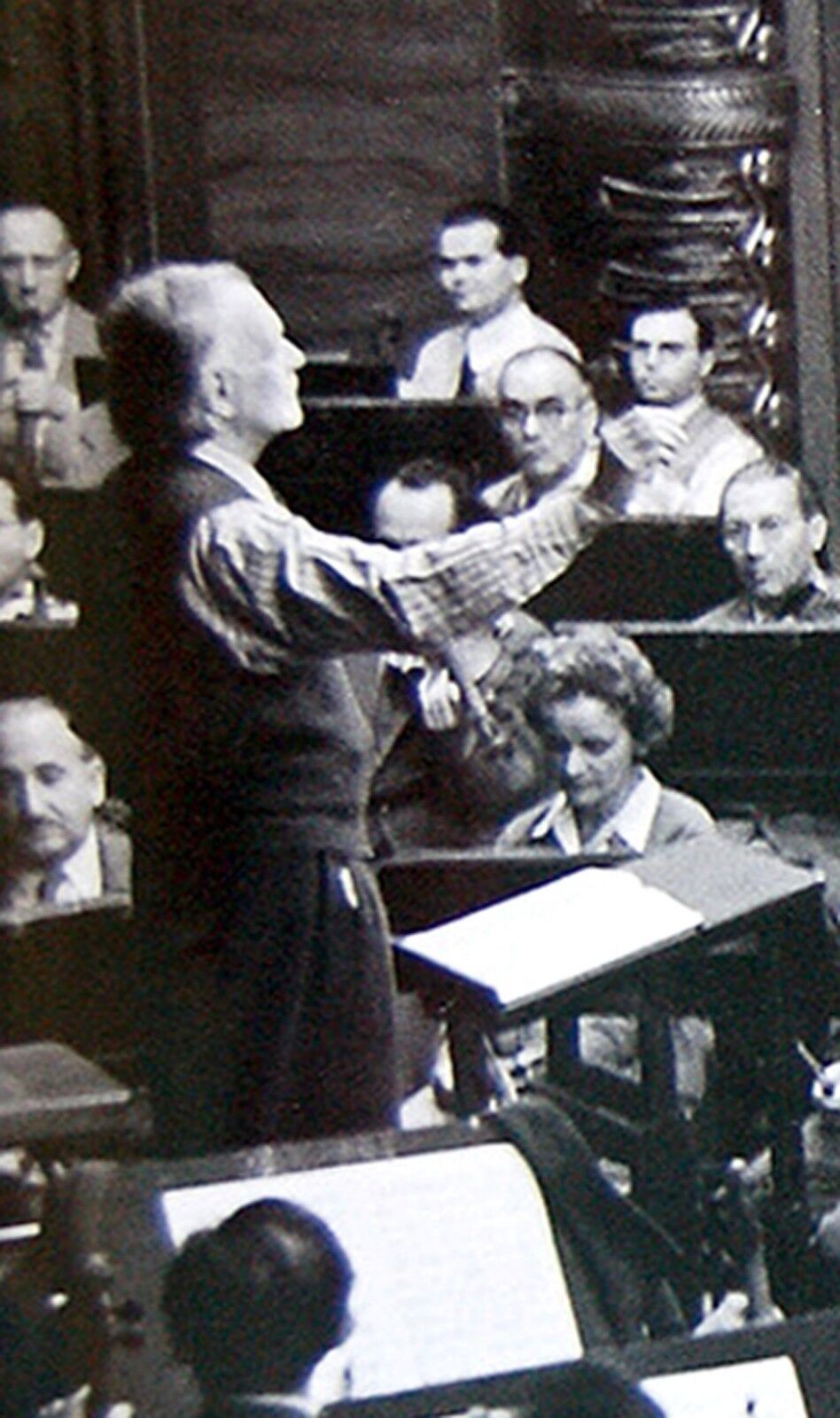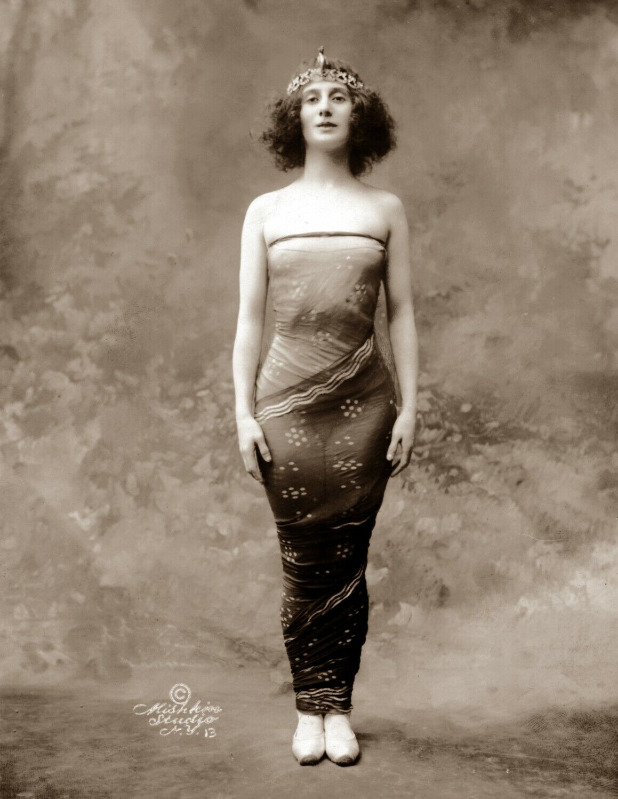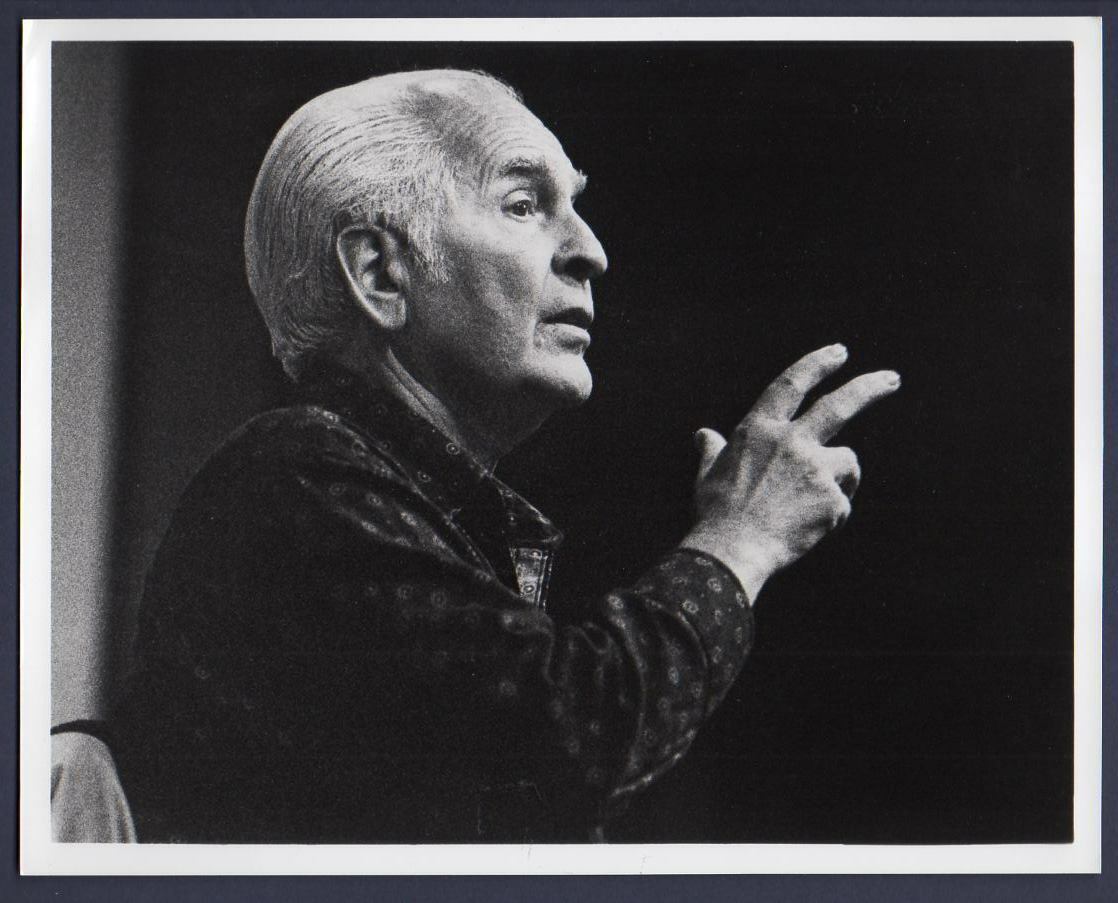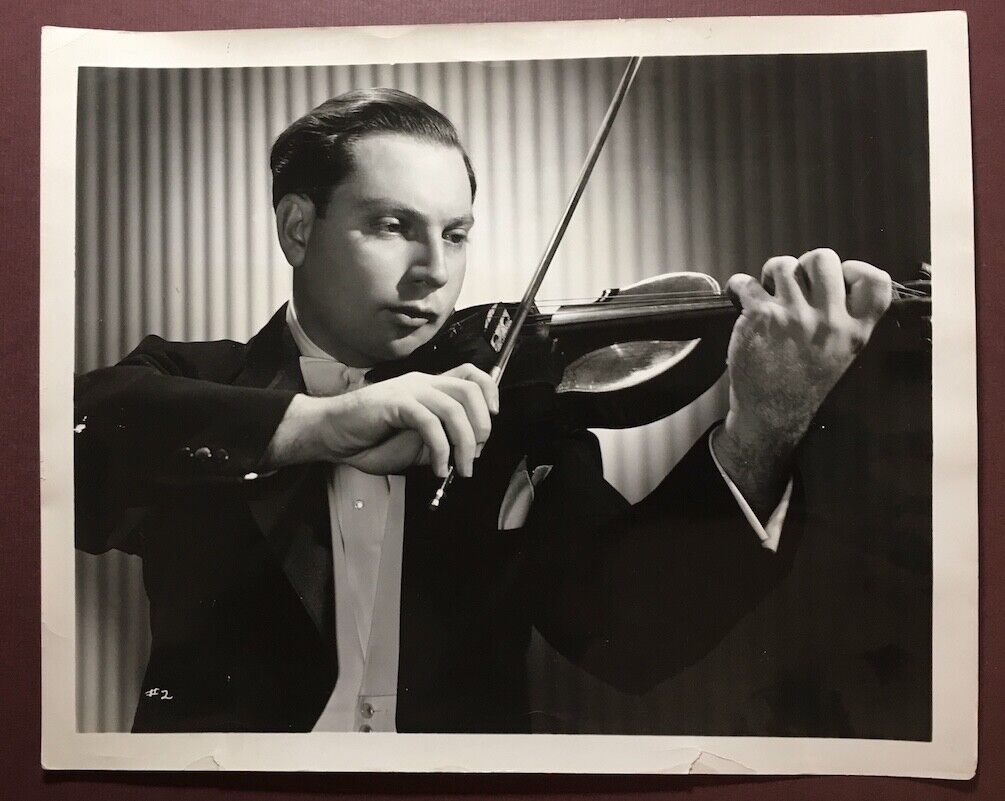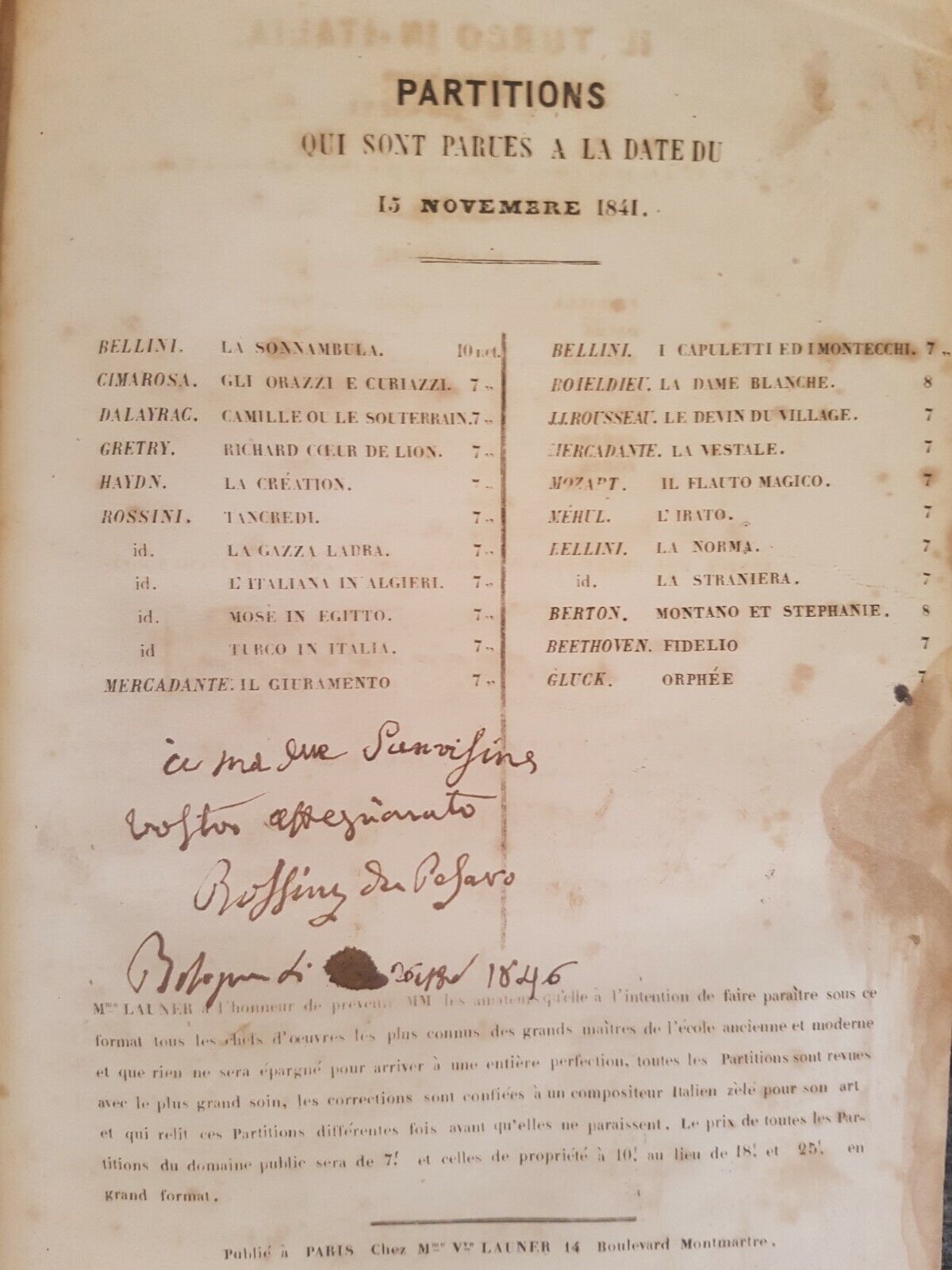-40%
1940 Original GIANT ACTION PHOTO Conductor COMPOSER ZOLTAN KODALY Hungary CHOIR
$ 39.6
- Description
- Size Guide
Description
DESCRIPTION: Up for auction is an ORIGINAL GENUINE REAL ACTION PHOTO of the beloved acclaimed musician , The Hungarian composer ZOLYAN KODALY . The ORIGINAL GIANT PHOTO depicts around 60 years old KODALY in action , Conducting a small orchestra during a concert , Very propably a recording in ca 1940's - 1950's. The photo is an original silver gelatine photo of unusual LARGE size ( Around 12" x 15.5" ) , Made by an Hungarian photographer in the 1950's , Definitely not a standard press or publicity photo .
The photographer Hungarian stamp on verso. The PHOTO is an original ( Silver Gelatine ) photo. A hand written description in red pen on verso.
. The size of the photo is a
round
12" x 15.5"
.
Very good condition
( Pls look at scan for accurate AS IS images ) . Authenticity guaranteed. Will be sent inside a protective rigid packaging .
PAYMENTS
: Payment method accepted : Paypal
& All credit cards
.
SHIPPMENT
:SHIPP worldwide via registered airmail is $ 25 . Will be sent inside a protective packaging
.
Handling around 5 days after payment.
Zoltán Kodály (Hungarian:
Kodály Zoltán
16 December 1882 – 6 March 1967) was a Hungarian composer, ethnomusicologist, pedagogue, linguist, and philosopher. He is best known internationally as the creator of the Kodály Method.Born in Kecskemét, Kodály learned to play the violin as a child.In 1905 he visited remote villages to collect songs, recording them on phonograph cylinders. In 1906 he wrote the thesis on Hungarian folk song ("Strophic Construction in Hungarian Folksong"). Around this time Kodály met fellow composer Béla Bartók, whom he took under his wing and introduced to some of the methods involved in folk song collecting. The two became lifelong friends and champions of each other's music. All these works show a great originality of form and content, a very interesting blend of highly sophisticated mastery in the Western-European style of music, including classical, late-romantic, impressionistic and modernist tradition and at the other hand profound knowledge and respect for the folk music in Hungary and the Hungarian-inhabited areas of Slovakia and Romania. Partly because of the Great War and subsequent major geopolitical changes in the region, partly because of a naturally rather diffident temperament in youth, Kodály had no major public success until 1923. This was the year when one of his best-known pieces,
Psalmus Hungaricus
, was given its first performance at a concert to celebrate the fiftieth anniversary of the union of Buda and Pest (Bartók's
Dance Suite
premiered on the same occasion.)Throughout his adult life, Kodály was very interested in the problems many types of music education, and he wrote a large amount of material on teaching methods as well as composing plenty of music intended for children's use. Beginning in 1935, along with his colleague Jenö Ádám (14 years his junior), he embarked on a long-term project to reform music teaching in Hungary's lower and middle schools. His work resulted in the publication of several highly influential books.The Hungarian music education program that developed in the 1940s became the basis for what is called the "Kodály Method". While Kodaly himself did not write a comprehensive method, he did establish a set of principles to follow in music education, and these principles were widely taken up by pedagogues (above all in Hungary, but also in many other countries) after World War II.
See also:
Kodály Hand Signs.
His notable students include Anne Lauber and John Verrall. In the motion picture
Close Encounters of the Third Kind
, a visual learning aid distributed to members of a conference of UFOlogists was named "Zoltan Kodaly" and referenced musical notes as hand signals.Kodály's first wife was Emma Gruber (nee Schlesinger, later Sándor), the dedicatee of Ernő Dohnányi's Waltz for piano four-hands, Op. 3, and
Variations and Fugue on a theme by E.G.
Zoltán Kodály, Op. 4 (1897).
In November 1958, after 48 years of the most harmonious marriage Kodály's first wife Emma passed away. In December 1959, Kodály married Sarolta Péczely, his 19 year old student at the Franz Liszt Academy of Music with whom he lived happily until his death in 1967 at the age of 84.Zoltán Kodály, the Hungarian composer, ethnomusicologist and educationalist, pioneered the reintegration of folk material into 20th century music * Studied Hungarian and German at Budapest University and composition and teaching at the Academy of Music * In 1905 started field trips collecting folksongs with
Bartók
, a lifetime friend * In 1907 travelled to Paris and was greatly influenced by Debussy's music * Appointed professor at Academy of Music (1907-40) * First public performances in 1910 at concert signalling birth of new Hungarian music * After fall of Hungarian republic in 1919 stripped of teaching positions for two years and musically isolated * International career rekindled in 1923 with success of
Psalmus Hungaricus
* Music championed by conductors Toscanini, Mengelberg, Ansermet and Furtwängler * From 1925 further developed educational activities, revolutionising teaching of singing and sight reading * In 1930s composed orchestral showpieces including
Peacock Variation
and
Concerto for Orchestra
* Many choral works, combining influence of Magyar folk singing, Gregorian chant, and polyphonic styles of Palestrina and Bach ebay1928
